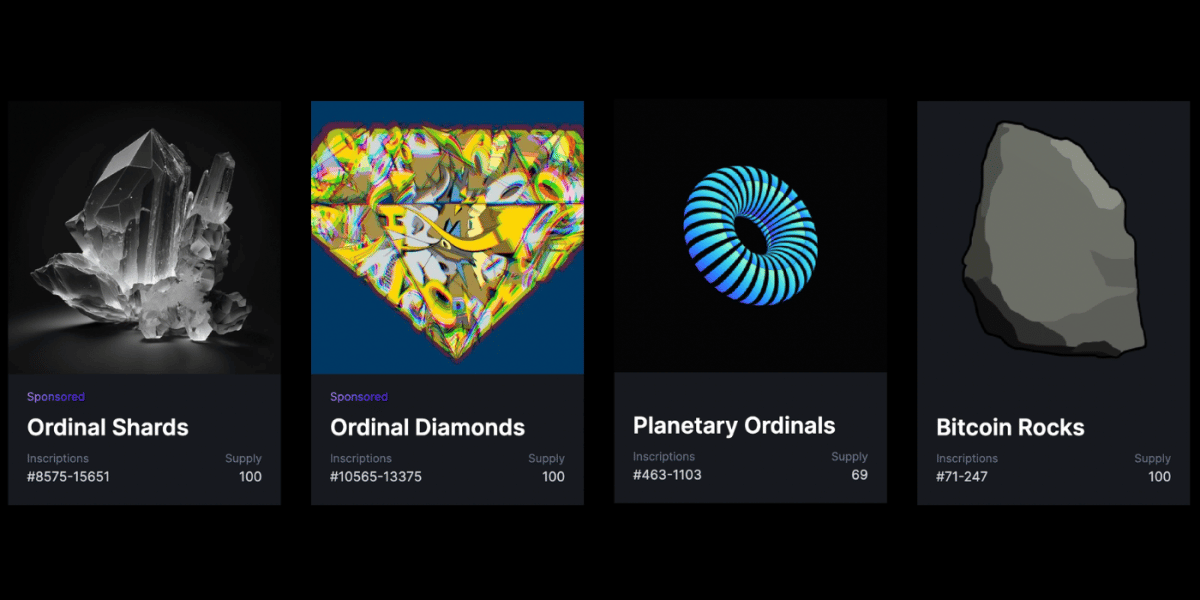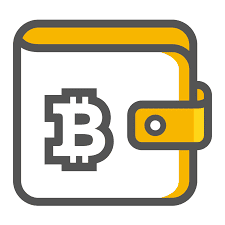
[ad_1]
The Bitcoin Ordinals are rapidly gaining popularity, with over 123,000 inscriptions forever written onto the blockchain. The most sought-after tokens and collections now have a thriving trading and auction scene. Bitcoin wallets and their NFT ecosystem have secured their status. However, the tech framework for interacting with the chain and obtaining an Ordinal has been centralized, opaque, and a little slow. Fortunately, Web3 developers are now filling the demand for more user-friendly interfaces for Ordinals users. Excitingly, there are new solutions coming into play and we’ll look at them here.
Exciting News for Bitcoin Enthusiasts
Ordinals Inscriptions have been on the rise, and now several Bitcoin wallets are stepping up to meet the demand. The latest of these is the Ordinals Wallet, which launched on February 16 with support for Ordinals Inscriptions. Users can easily receive, store, and view Ordinals in their wallets, with further functionality for transferring, sending, inscribing, and buying and selling on the way.
Xverse, another Bitcoin wallet, also recently began its own Ordinals service. This advanced wallet removes the need for users to run a full Bitcoin node to interact meaningfully with the blockchain. To inscribe an Ordinal, users simply need to upload an image or text to the app and send a transaction to their Ordinals address. The NFT will show up in their Xverse NFT collection within about 30 minutes. What’s more, Xverse interacts with Stacks, a layer 1.5 blockchain with its own NFT economy. To get started, users simply need to pay a transaction fee (which can be done in the wallet app itself) and own some Bitcoin, which can also be bought in-app.
Hiro Wallet was the first to rollout support for Ordinal inscriptions on February 14, coming before both Xverse and Ordinals Wallet. The wallet will have expansive support for both Stacks-based NFTs and Ordinal inscriptions. Gamma is responsible for inscribing and the Ordinals are directly deposited into a user’s account under a “Collectibles” section. Hiro Wallet CEO Mark Hendrickson promised more updates to come in the coming days.

How to actually set up a Bitcoin Wallet?
So, how can you set up your own Bitcoin wallet? You first need to choose a wallet and then download and install the wallet software. Once you’ve installed the wallet software, you’ll need to create a new wallet. Instructions are provided by the wallet provider. This usually means generating a private key and a public address. Make sure to keep your private key secure as it is used to access and manage your Bitcoin. Finally, you can fund your wallet by receiving Bitcoin from other users or by purchasing it on an exchange and transferring it to your wallet address.
Excitement is building in the NFT community as developers work to create user-friendly ways to engage with the Bitcoin blockchain. The rapid increase in the number of wallets, marketplaces, and user interfaces that support Bitcoin Ordinals is proof of the growing demand for this new NFT ecosystem. The Web3 world is rapidly evolving. Excitingly, we can get ready to see even more innovative solutions emerge in the future.
All investment/financial opinions expressed by NFTevening.com are not recommendations.
This article is educational material.
As always, make your own research prior to making any kind of investment.
[ad_2]
Source link
